Abstract: An overview of the radio observations during July 2022 is given..
The graphs show both the daily totals (Figure 1) and the hourly numbers (Figure 2) of “all” reflections counted automatically, and of manually counted “overdense” reflections, overdense reflections longer than 10 seconds and longer than 1 minute, as observed here at Kampenhout (BE) on the frequency of our VVS-beacon (49.99 MHz) during the month of July 2022.
The hourly numbers, for echoes shorter than 1 minute, are weighted averages derived from:

Local interference and unidentified noise remained moderate to low for most of the month. Lightning activity was observed on just 1 day (July 20th). Especially in the first half of the month intense solar eruptions often caused considerable noise (see i.e. Figure 3). Surprisingly, for the rest of the month, there were only a few faint solar outbursts despite the numerous sunspots and prominences that could be observed visually.
Overall meteor activity was quite high, with radiants mainly in the direction of the constellations Pegasus and Andromeda and surrounding areas. The steady increase of long-lasting (> 10 sec) reflections was also quite striking.
This month, 14 reflections lasting more than 1 minute were observed.
SpecLab images of some interesting reflections have been added (Figures 4 to 13).
In addition to the usual graphs, you will also find the raw counts in cvs-format from which the graphs are derived.
The table contains the following columns: day of the month, hour of the day, day + decimals, solar longitude (epoch J2000), counts of “all” reflections, overdense reflections, reflections longer than 10 seconds and reflections longer than 1 minute, the numbers being the observed reflections of the past hour.
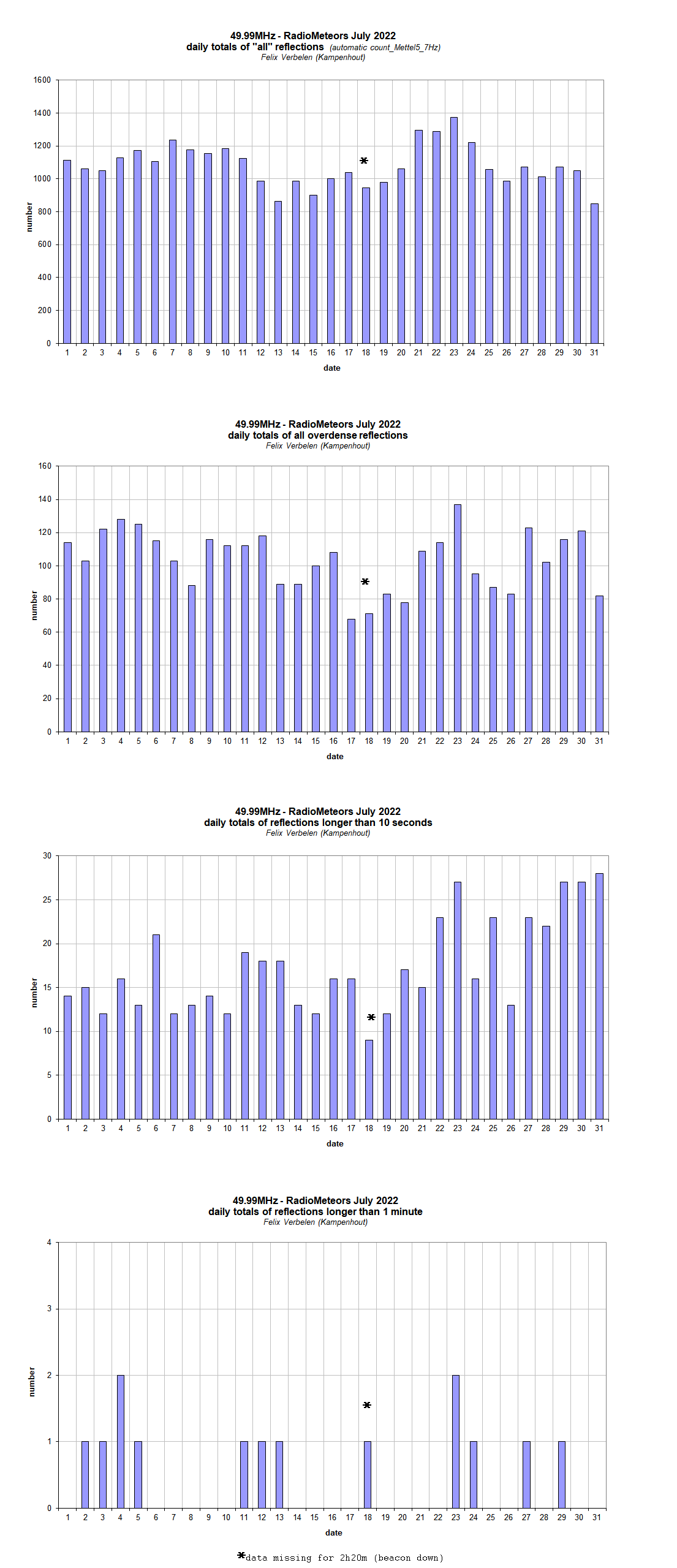
Figure 1 – The daily totals of “all” reflections counted automatically, and of manually counted “overdense” reflections, as observed here at Kampenhout (BE) on the frequency of our VVS-beacon (49.99 MHz) during July 2022.
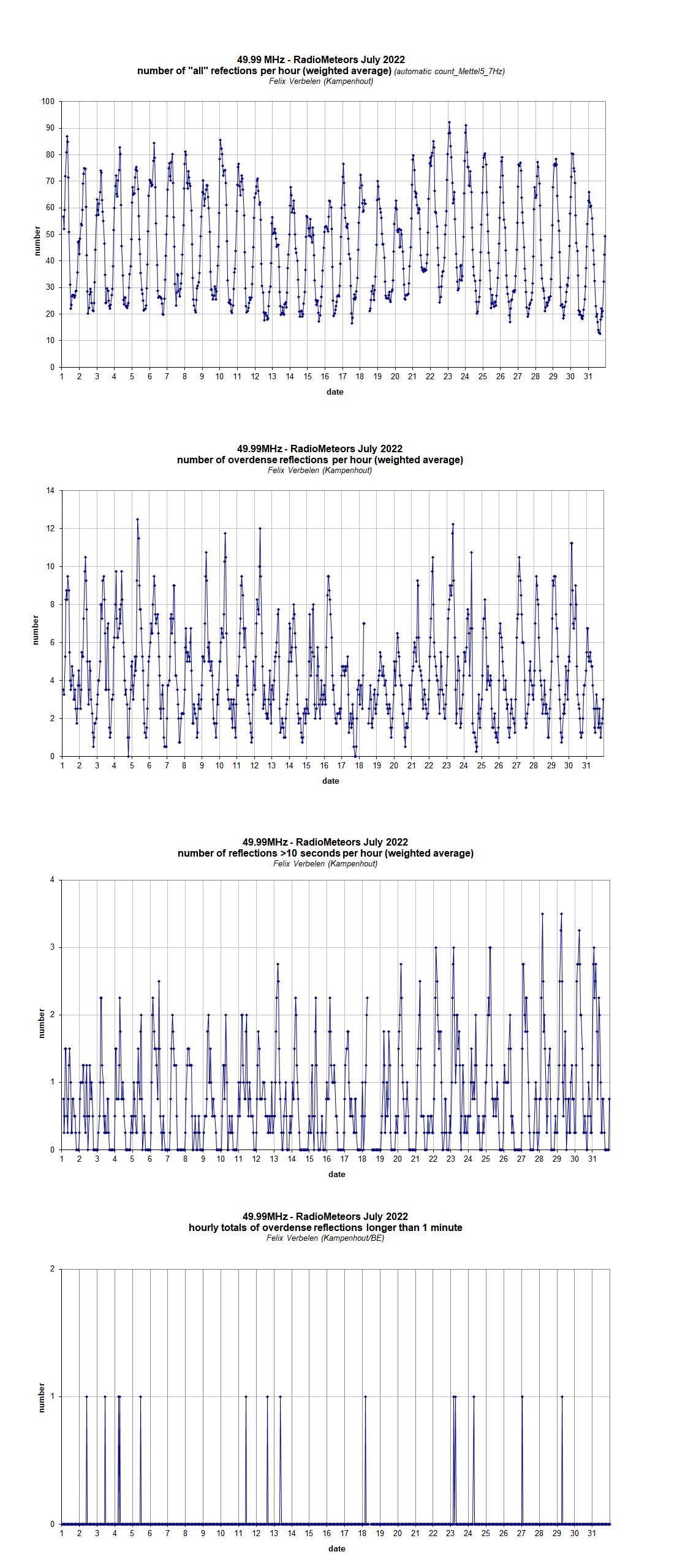
Figure 2 – The hourly numbers of “all” reflections counted automatically, and of manually counted “overdense” reflections, overdense reflections longer than 10 seconds and longer than 1 minute, as observed here at Kampenhout (BE) on the frequency of our VVS-beacon (49.99 MHz) during July 2022.
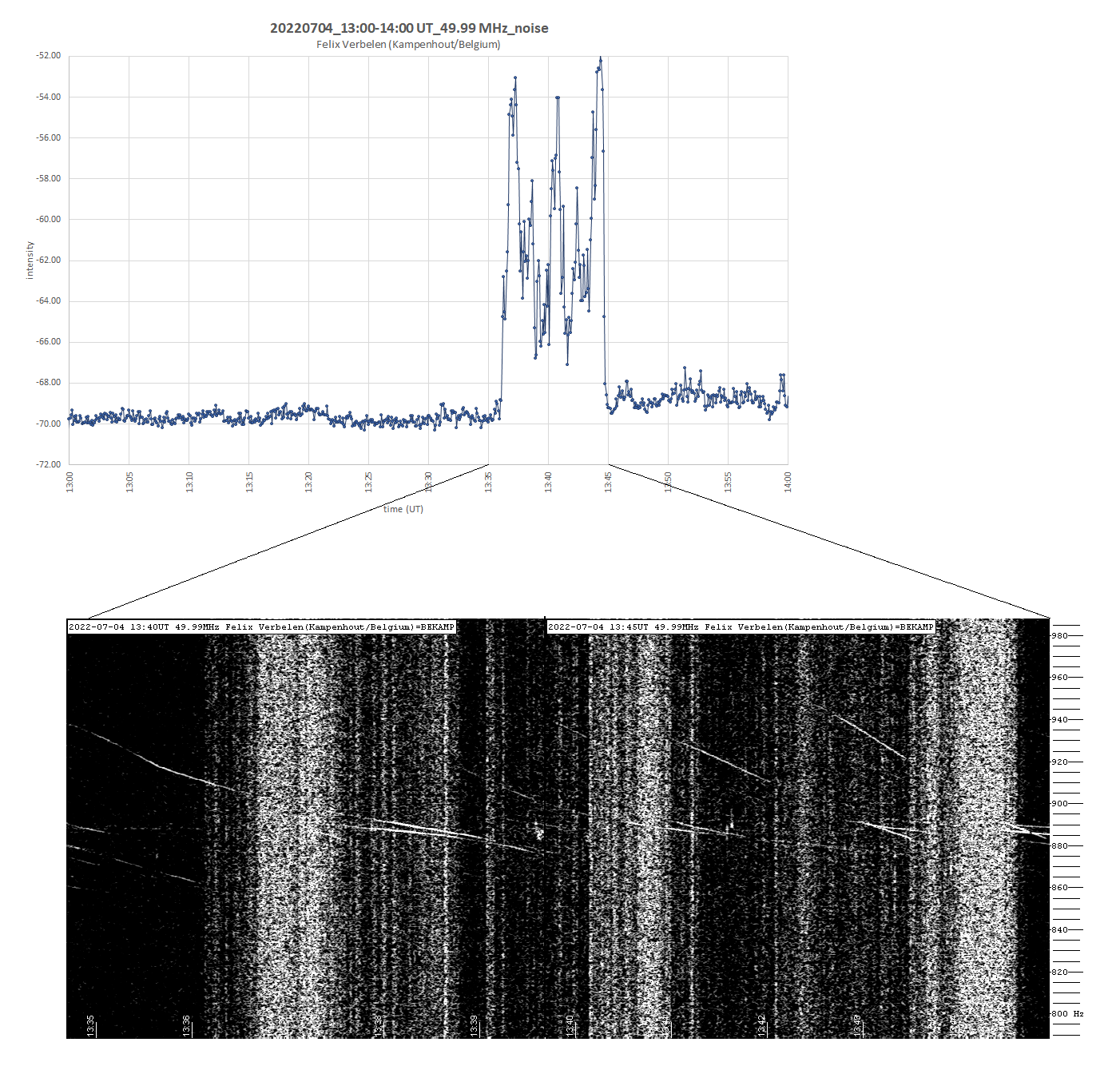
Figure 3 – Solar eruptions often caused considerable noise.
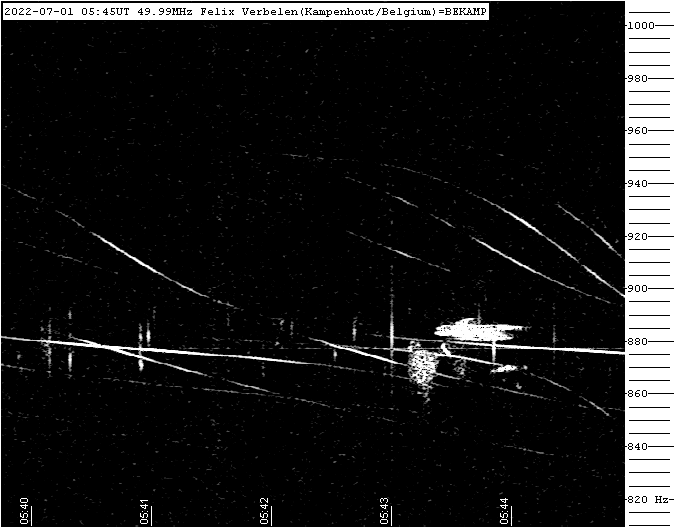
Figure 4 – Meteor reflection 1 July 2022, 04h50m UT.
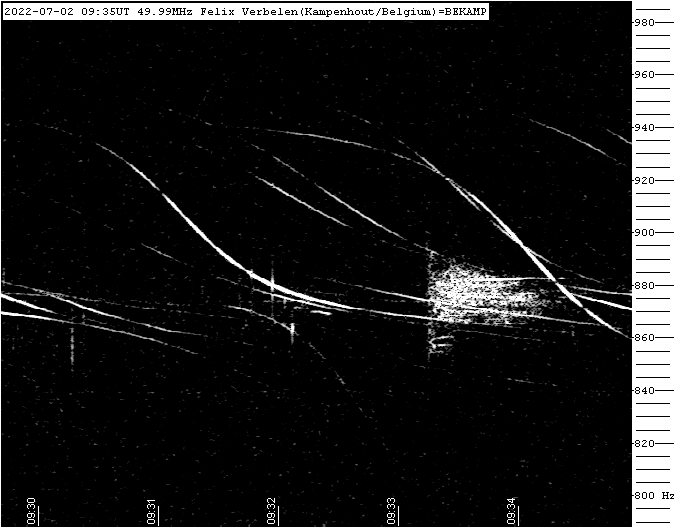
Figure 5 – Meteor reflection 2 July 2022, 09h35m UT.
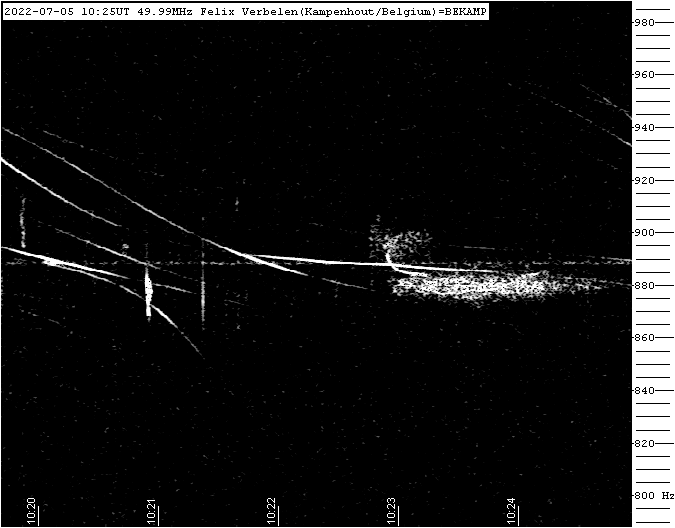
Figure 6 – Meteor reflection 5 July 2022, 10h25m UT.
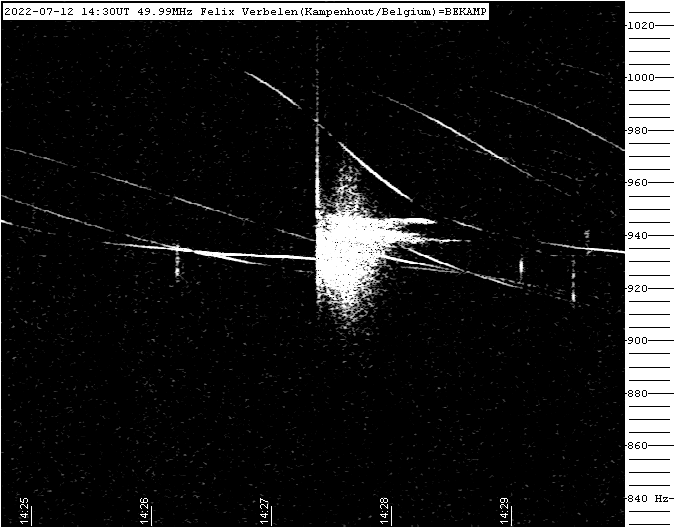
Figure 7 – Meteor reflection 12 July 2022, 14h30m UT.
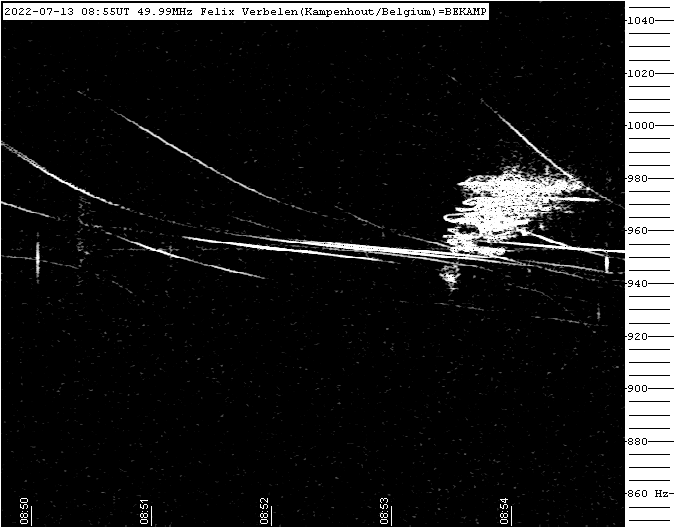
Figure 8 – Meteor reflection 13 July 2022, 08h55m UT.
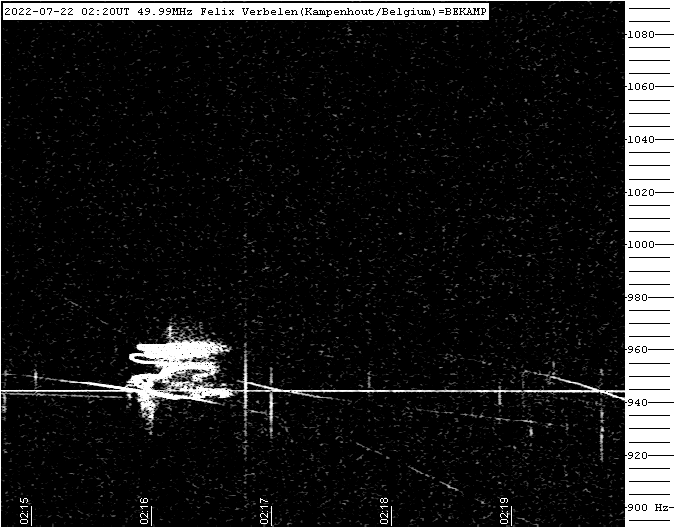
Figure 9 – Meteor reflection 22 July 2022, 02h20m UT.
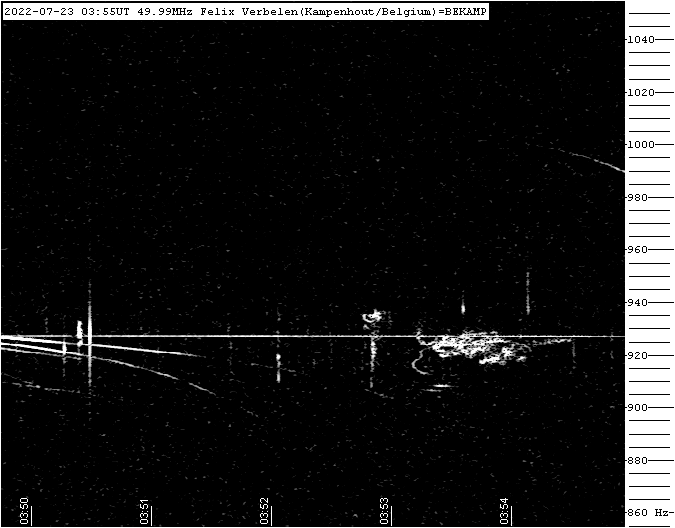
Figure 10 – Meteor reflection 23 July 2022, 03h55m UT.
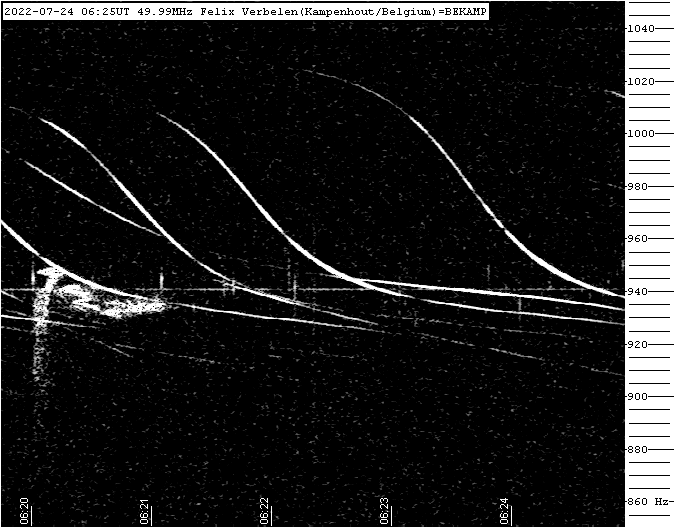
Figure 11 – Meteor reflection 24 July 2022, 06h25m UT.
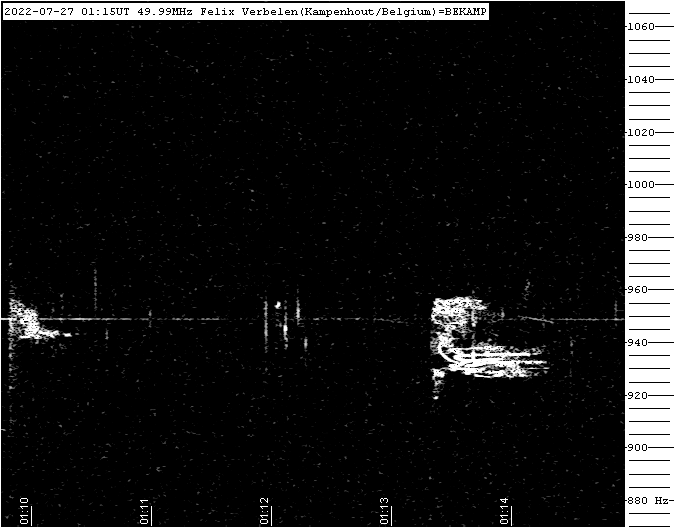
Figure 12 – Meteor reflection 27 July 2022, 01h15m UT.
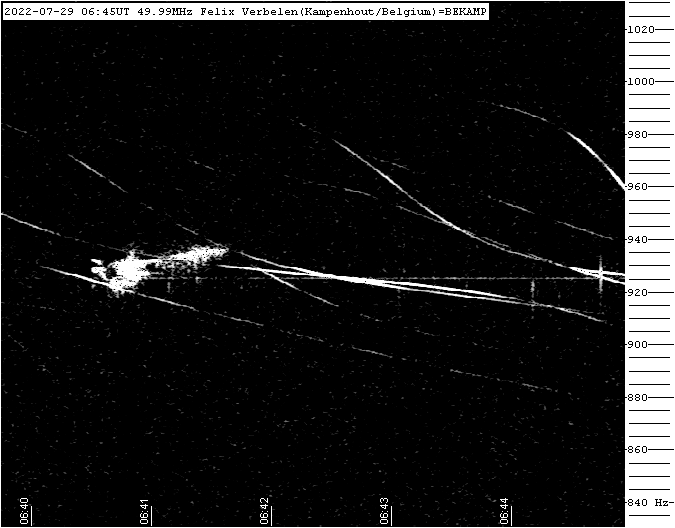
Figure 13 – Meteor reflection 29 July 2022, 06h45m UT.






